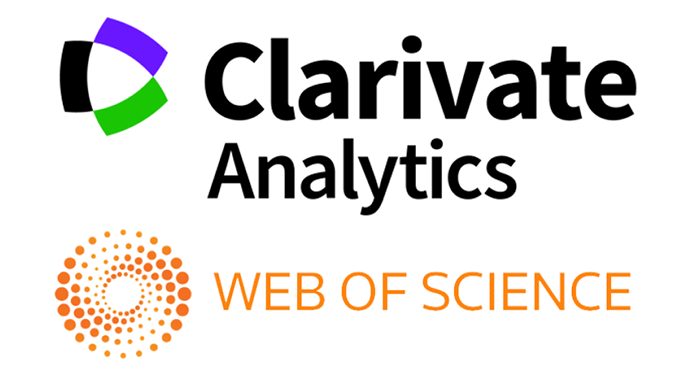APPLICATION OF ARTIFICIAL INTELLIGENCE SOLUTIONS IN DIRECTING UNIVERSITY TEACHERS TO INNOVATIVE ACTIVITIES
Abstract
The article discusses issues related to the possibilities of using artificial neural networks in assessing, monitoring and analyzing the results of innovative educational activities of teachers of higher educational institutions. A method for differential determining the direction of innovative activity for teachers according to some conditional characteristics identified through a survey using a software neurosimulator is described. The characteristics of the Neurosimulator 1.0 application are given, as well as the stages of training based on samples of evaluation features, testing and obtaining a forecast of an artificial neural network.
References
Коляда М. Г. Компьютационная педагогика. Донецк: Ноулидж, 2013. 321 с.
Коляда М. Г., Бугаева Т. И. Вычислительная педагогика. Ростов-на Дону: ЮФУ, 2018. 270 с.
Beecher K. Computational thinking. BCS, The Chartered Institute for IT, 2017. 306 p.
Oancea B., Dragoescu R.,Ciucu S. Predicting students’ results in higher education using neural networks // International Conference on Applied Information and Communication Technologies. 2013. Is. 6. P. 190–193.
Romero C., Ventura S., Pechenizkiy M., Baker R. S.j.d. Handbook of educational data mining. New York: CRC Press, 2011. 526 p.
Osman Y. Computational pedagogy: Fostering a new method of teaching // Computers in Education Journal. 2016. 16(3). P. 51-72.
Yasar O., Veronesi P. Computational pedagogical content knowledge (CPACK): integrating modeling and simulation technology into STEM teacher education // Proc. SITE 2015 — Society for Information Technology & Teacher. Education Int. Conf. Las Vegas: AACE, 2015. P. 3514–3521.
Yasar O., Maliekal J. Computational pedagogy: a modeling and simulation approach // Computing in Science & Engineering. 2014. Vol. 16. No. 3. P. 78–88. DOI: 10.1109/MCSE.2014.60
Berry D. The computational turn: Thinking about the digital humanities // Culture Machine. 2011. Vol. 12. http://sro.sussex.ac.uk/id/eprint/49813/
Патаракин Е. Д., Ярмахов Б. Б. Вычислительная педагогика: мышление, участие и рефлексия //Образовательные технологии и общество. 2018. Т. 21. № 4. С. 502–523.
Baker R. S., Inventado P. S. Educational data mining and learning analytics // Learning Analytics. 2014. P. 61–75. DOI: 10.1007/978-1-4614-3305-7_4
Dutt A. A., Ismail M. A., Herawan T. A systematic review on educational data mining // IEEE Access. 2017. Vol. 5. P. 15991–16005.
Huebner R. A. A survey of educational data-mining research // Research in Higher Education Journal. 2013. Vol. 19. 13 p.
Бабаходжаева Н. М. Использование искусственных нейронных сетей в анализе и прогнозировании результатов педагогической деятельности преподавателей высших учебных заведений // Материалы международной научно-практической конференции «Инновационные технологии в среде цифровизации высшего образования: проблемы и решения-2024». Том 1. С. 212-218.
Copyright (c) 2024 News of the NUUz

This work is licensed under a Creative Commons Attribution-NonCommercial-ShareAlike 4.0 International License.


.jpg)

1.png)







